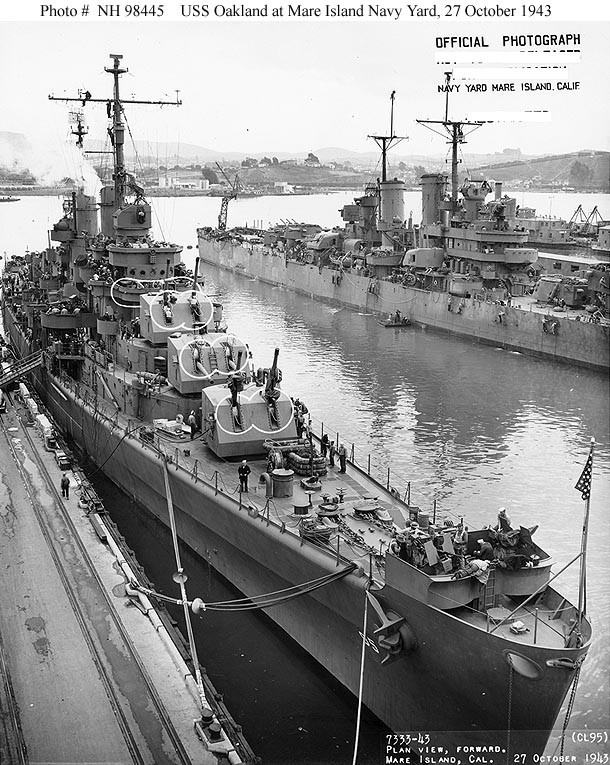
America’s dangerous maritime decline threatens our security as international competition for trade, commerce and military power in the Pacific grows.
In 2024, the United States built only five merchant vessels. China built 1,400 and three times as many naval warships. China now has the world’s largest merchant and naval fleets. America no longer rules the oceans. To maintain our economic and military strength, America must rebuild its maritime industry.
This is why I, alongside Sens. Mark Kelly, D-Ariz., and Todd Young, R-Ind., and Representative Trent Kelly, R-Miss., introduced the bipartisan SHIPS for America Act. This legislation is the most ambitious and comprehensive legislation in a generation to set America on the path to regain our position as a maritime power.
It sets an ambitious national goal of expanding the U.S.-flagged international fleet by 250 ships over 10 years, upgrading and expanding America’s private shipyards for repairing and building merchant ships, training and employing skilled workers, and providing federal financial support.
The SHIPS Act offers the San Francisco Bay Area an opportunity to rebuild and regain its historic position as the dominant shipbuilding and repair region on the West Coast. Established in 1854, Mare Island Naval Shipyard in Vallejo was the first Navy base on the West Coast.
From World War I through the Cold War, Mare Island and its neighbor Kaiser Shipyards in Richmond were hubs of the industry, launching hundreds of ships and submarines into the Pacific and employing tens of thousands of workers, including the famous Rosie the Riveters.
Following World War II, the Kaiser Shipyards closed. In 1996, the Mare Island Naval Shipyard closed and the Navy left the island. These closures signaled the broader decline of American shipbuilding and devastated regions that depended on these well-paying jobs.
But this wasn’t the end of Mare Island. Today, the four dry docks and the remaining industrial infrastructure are filled with Coast Guard ice breakers and Navy supply ships. Women and men trained as welders, painters and electricians swarm through the gates during shift changes.
The SHIPS Act would make historic investments in the maritime workforce by launching a recruiting campaign to bring new workers into the trades, create a program to help mariners maintain their credentials, and invest in overdue infrastructure upgrades for the California Maritime Academy and a new training ship.
Related Articles
Department of Homeland Security requests 20,000 National Guard members to help with immigration crackdown
Michigan man arrested for planning ISIS attack at military base
Behind the extraordinary growth of Alameda Island, the Bay Area’s first suburb
Navy subs, nuclear secrets and beer: The riveting history of Bay Area’s Mare Island
5 historic sites to learn more about the Bay Area’s Civil War era
Last month, the White House issued an executive order that closely reflects the legislation we introduced in December. At no time in recent history have we witnessed such comprehensive alignment between the executive and legislative branches along with endorsements from industry and organized labor — all unified in the shared objective of restoring America’s maritime strength.
The SHIPS Act is an opportunity to uplift communities that we’ve left behind. We can honor Mare Island’s legacy; create high-skilled, well-paying jobs; and position the island as a centerpiece in the nation’s effort to reclaim international competitiveness in maritime industries.
The story of Mare Island is more than just a chapter in our naval history — it’s a blueprint for the future. The same spirit of innovation, resilience, and collective purpose that once launched fleets from Vallejo’s shores can once again serve as a cornerstone of American strength.
Rep. John Garamendi represents Solano and Contra Costa counties and serves as the senior member of the U.S. House Armed Services and Transportation and Infrastructure committees.